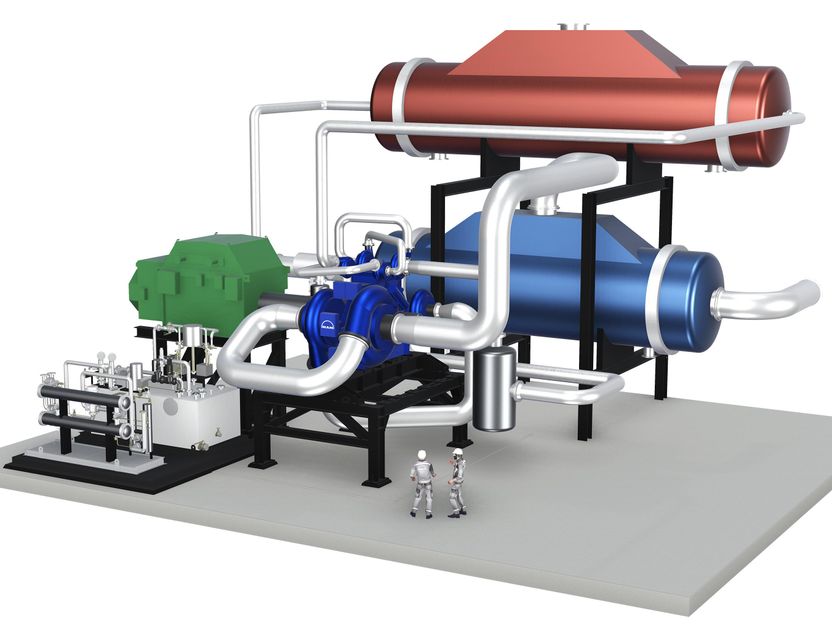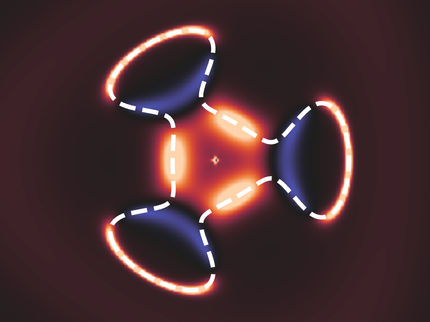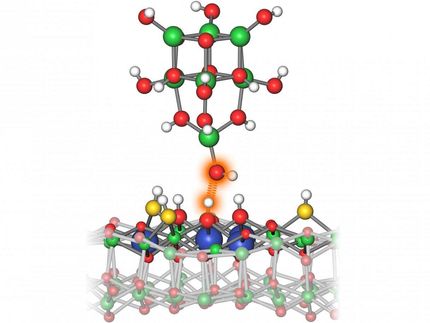Process holds promise for production of synthetic gasoline
A chemical system developed by researchers at the University of Illinois at Chicago can efficiently perform the first step in the process of creating syngas, gasoline and other energy-rich products out of carbon dioxide.
A novel "co-catalyst" system using inexpensive, easy to fabricate carbon-based nanofiber materials efficiently converts carbon dioxide to carbon monoxide, a useful starting-material for synthesizing fuels. The findings have been published online in advance of print in the journal Nature Communications.
"I believe this can open a new field for the design of inexpensive and efficient catalytic systems for the many researchers already working with these easily manipulated advanced carbon materials," says Amin Salehi-Khojin, UIC professor of mechanical and industrial engineering and principal investigator on the study.
Researchers have spent decades trying to find an efficient, commercially viable way to chemically "reduce," or lower the oxidation state, of carbon dioxide. The UIC researchers approached the problem in a new way.
Although reducing carbon dioxide is a two-step process, chemists had commonly used a single catalyst, Salehi-Khojin said. He and his colleagues experimented with using different catalysts for each step.
In previous work, Salehi-Khojin used an ionic liquid to catalyze the first step of the reaction, and silver for the final reduction to carbon monoxide. The co-catalyst system was more efficient than single-catalyst carbon dioxide reduction systems, he said.
But silver is expensive. So he and his coworkers set out to see if a relatively new class of metal-free catalysts – graphitic carbon structures doped with other reactive atoms – might work in place of the silver.
They tried a common structural material, carbon nanofibers, which was doped with nitrogen, as a substitute for silver to catalyze the second step.
When these carbon materials are used as catalysts, the doping atoms, most often nitrogen, drive the reduction reaction. But, through careful study of this particular reaction, the researchers found that it was not the nitrogen that was the catalyst.
"It was the carbon atom sitting next to the dopant that was responsible," said Mohammad Asadi, a UIC graduate student who is one of two first-authors of the study.
"We were very surprised at first," Asadi said.
But as they continued to characterize the reaction it became clear not only that carbon was catalyzing the reaction, but that the co-catalyst system was more efficient than silver, "showing substantial synergistic effects," Asadi said.
Bijandra Kumar, UIC research scholar and the other first-author of the paper, said the team "uncovered the hidden mechanism" of the co-catalyzed reaction, which has "opened up a lot of options for designing inexpensive and efficient catalyst system for carbon dioxide conversion."
"Further, one can imagine that using atomically-thin, two-dimensional graphene nano-sheets, which have extremely high surface area and can easily be designed with dopant atoms like nitrogen, we can develop even far more efficient catalyst systems," Kumar said.
"If the reaction happened on the dopant, we would not have much freedom in terms of structure," said Salehi-Khojin. In that case, little could be done to increase the efficiency or stability of the reaction.
But with the reaction happening on the carbon, "we have enormous freedom" to use these very advanced carbon materials to optimize the reaction, he said.
The researchers hope that their research leads to commercially viable processes for the production of syngas and even gasoline from carbon dioxide.
Topics
Organizations
Other news from the department science

Get the chemical industry in your inbox
By submitting this form you agree that LUMITOS AG will send you the newsletter(s) selected above by email. Your data will not be passed on to third parties. Your data will be stored and processed in accordance with our data protection regulations. LUMITOS may contact you by email for the purpose of advertising or market and opinion surveys. You can revoke your consent at any time without giving reasons to LUMITOS AG, Ernst-Augustin-Str. 2, 12489 Berlin, Germany or by e-mail at revoke@lumitos.com with effect for the future. In addition, each email contains a link to unsubscribe from the corresponding newsletter.
Most read news
More news from our other portals
Last viewed contents
Arcanum_joviale
George_Gamow






























































